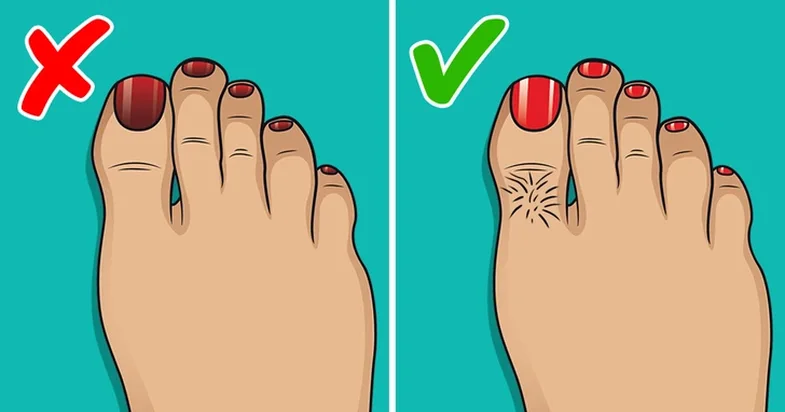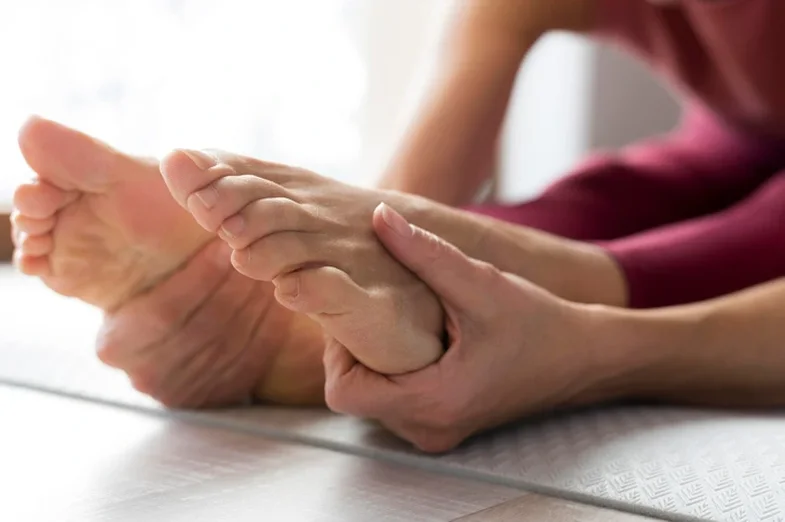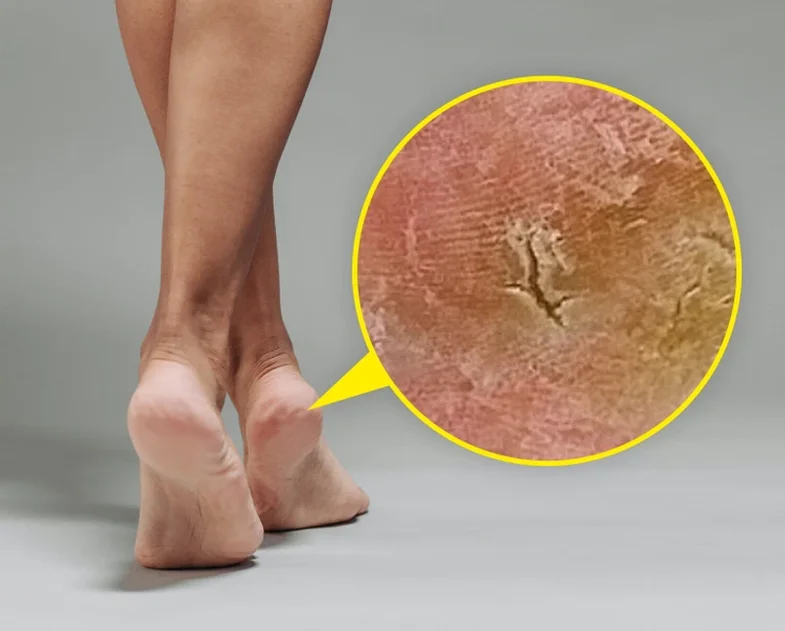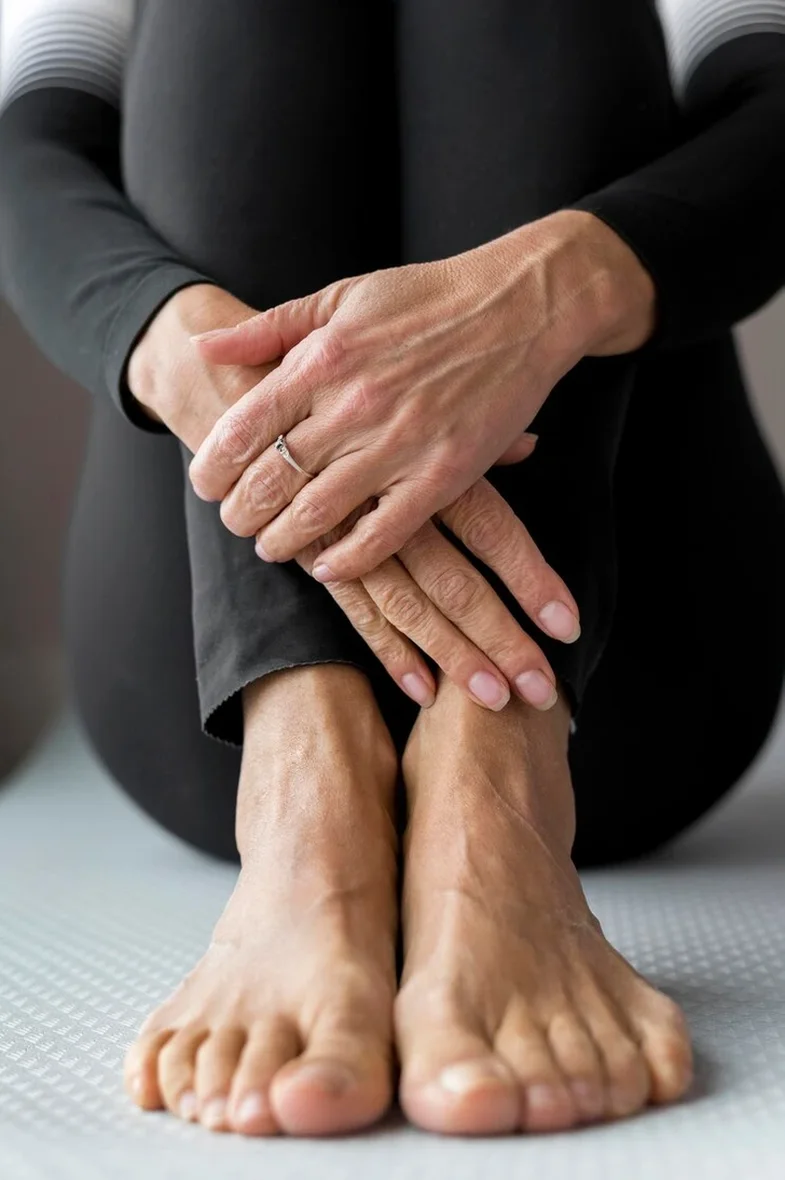
Feet are more than just a way to walk - they can be a reflection of your overall health. Various symptoms, such as pain, swelling or changes in color, can be signals of a health problem that requires attention. Paying attention to these signs can help in early detection of diseases and their timely treatment.
1. Dry and cracked skin
If you have dry, cracked skin on the soles of your feet, it’s not just a cosmetic issue—it could be a sign of an infection. If left untreated, the skin can develop blisters, which when broken can spread the infection. If you suspect you have athlete’s foot (a common fungal infection), it’s important to see a doctor to stop the spread of the fungus and relieve your symptoms.
2. Sudden jerking of the legs

Leg cramps can be very painful and usually occur during physical activity or as a result of dehydration. But if you experience them frequently, it could be a sign that you are lacking in minerals such as calcium, potassium or magnesium. To prevent them, eat more vegetables, drink mineral-rich water and do leg stretching exercises before bed. Pregnant women often experience cramps due to hormonal changes.
3. Hair loss on the toes
If you've noticed that you no longer have hair on your toes, it could be a sign of poor circulation. When circulation is poor, the body focuses blood on vital organs rather than extremities like your toes. This could also be a sign of diabetes. The presence of hair on your feet is an indicator of healthy blood circulation, which helps with wound healing and sensitivity in your feet. If you notice any unexpected changes, such as hair loss, new spots, or blisters, see your doctor.
4. Cracks in the heels

Dry, cracked skin around your heels could indicate problems with your thyroid gland. This gland produces hormones that regulate body functions, so if you have very dry heels, you may need to have your thyroid hormone levels checked.
Of course, dry skin can also be caused by weather changes, but if you also experience weight gain or vision problems, it's a good idea to consult a doctor.
Other factors that can worsen this condition include:
• Standing for long periods of time
• Walks barefoot or in open-back sandals
• Shower with very hot water
• Using aggressive soaps that dry the skin
• Wearing shoes that are tight or that do not support the heel well
• Cold or low humidity climate
If you don't moisturize your feet often, they can dry out even faster.
5. Can foot problems indicate heart disease?
Yes, foot problems can be an indicator of heart disease. Pain, swelling, or a burning sensation in the feet can be related to poor blood circulation, which is often caused by cardiovascular diseases such as high blood pressure or peripheral arterial disease.
These problems can lead to ulcers that don't heal, numbness, or unusual changes in the color of your feet. If you notice these signs, it's important to consult a doctor, as they could be the first signs of cardiovascular disease.
6. How does diabetes affect the feet?

Diabetes can cause some serious foot problems. High blood sugar levels can damage nerves, causing tingling, pain, or even loss of sensation in your feet. In this case, you may not feel a small injury, such as a blister or cut, which can become infected without you noticing.
Diabetes can also slow blood circulation, making it harder for wounds to heal and increasing the risk of serious infections. In severe cases, these infections can lead to gangrene, which may require amputation.
What to do?
If you notice changes in your feet, such as unusual swelling, discoloration, severe pain, or loss of sensation, don't ignore them. These could be signs of a larger health problem that requires immediate medical attention. Taking care of your foot health is not just a matter of comfort, but also a way to keep your whole body in good shape.







